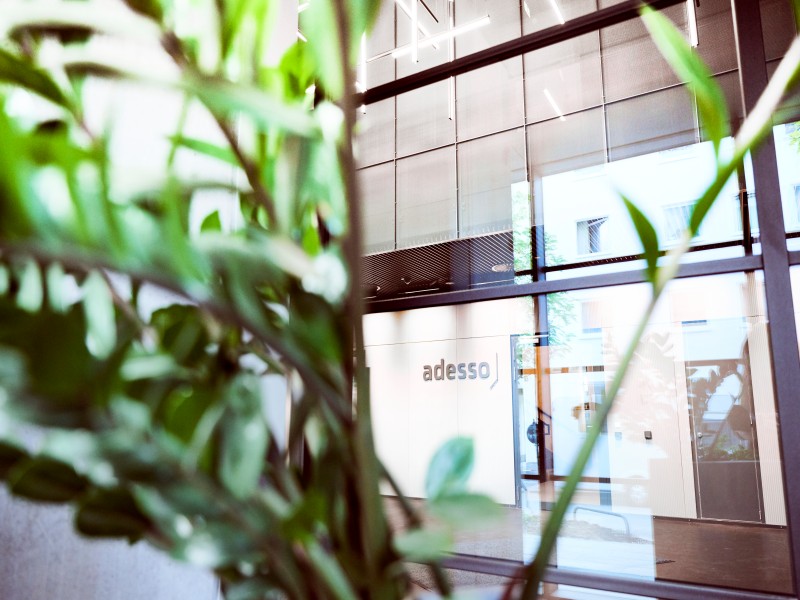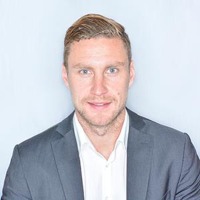22. February 2023 By Stephen Lorenzen, Maximilian Hammes and Jonas Schnorrenberg
Germany relies on liquefied natural gas (LNG) – the current situation regarding LNG projects
The war in Ukraine has put efforts to diversify Germany’s gas supply away from Russian supplies high on the government’s agenda. As part of these efforts, the German federal government is working hard to support the development of its own import infrastructure for liquefied natural gas (LNG). It is investing in permanent land-based import terminals, but its short-term focus is on building floating terminals, the first of which was inaugurated in December 2022. Germany has a well-developed natural gas pipeline network connected to terminals in neighbouring countries but did not have its own port to receive LNG directly until recently.
What is the current situation regarding the current plans to build LNG terminals? We will give you a brief overview.
What does LNG actually mean?
Liquefied natural gas (LNG) is natural gas that has been cooled down to a liquid state (-162°C) to make it easier to store and transport. Natural gas in its liquid state has 600 times less volume than it does in its gaseous state. LNG can be transported by ship, lorry or rail to places that conventional natural gas pipelines cannot reach. However, it can also be used directly as fuel. Generally, the gas is first liquefied in its country of origin, then it is transported by ship and regasified at its destination before being fed into the existing gas grids. According to the International Energy Agency (IEA), the United States, Qatar and Russia are the world’s largest exporters of LNG. An ICIS report for 2022 states that Australia, Qatar and the US continue to compete for the position of world’s largest exporter
LNG terminals are becoming more important
For years, it seemed that there was no economic case for directly importing LNG into Germany, as the country is well connected through pipelines from neighbouring countries and European LNG import capacities were severely underutilised. This had led to the debate on a domestic LNG terminal being largely silenced in recent years, with plans being hindered by delays and uncertainty. However, in view of the war against Ukraine, direct pipeline deliveries from Russia stopping and the high gas prices, the discussion on how to reduce dependence on Russia in the longer term has come back to the fore.
What types of LNG terminals are there?
There are two different types of LNG terminals: land-based ones and floating ones. Tankers loaded with liquefied natural gas can dock at the permanently installed, land-based LNG terminals. The LNG is converted back into its gaseous state at these terminals – or regasified, in other words – and then fed into the gas grid on land. There are also floating LNG terminals. Specialised vessels, known in the industry as ‘Floating Storage and Regasification Units’ (FSRUs), act as these floating terminals on which the liquid natural gas can be converted and piped ashore.
Which LNG projects are being implemented or are planned in Germany?
In the long term, there are plans to build three fixed LNG terminals in Wilhelmshaven, Brunsbüttel and Stade, according to the German government. However, they may take several years to build, meaning these terminals might not become operational until 2025/2026 at the earliest. As an interim solution, a total of six floating terminals are to be built on Germany’s coasts. In addition to the terminals already opened in Wilhelmshaven (Lower Saxony) and in Lubmin (Mecklenburg-Western Pomerania) – where there are plans to add a second one in each case – further terminals are planned in Brunsbüttel (Schleswig-Holstein) and in Stade (Lower Saxony). In Hamburg, plans for a floating LNG terminal to be stationed in the port have been put on hold.
- Wilhelmshaven is home to Germany’s first floating terminal. The FSRU arrived on 15 December 2022, the terminal was inaugurated on 17 December and the first gas (on board the FSRU) was fed into the German grid on 21 December 2022. Commercial operation finally began at the beginning of January 2023. According to grid operator Uniper, a permanent and expanded port solution for the FSRU with additional unloading and handling facilities for green gases such as ammonia will also be implemented in a second project step.
In addition, a second floating terminal is to be stationed in Wilhelmshaven, which will be put into operation as of the the third quarter of 2023. A consortium consisting of E.ON, Engie and Tree Energy Solutions (TES) will operate the terminal. TES plans to build a green hydrogen import facility at the same site. Once this is operational (planned for 2025/2026), the floating LNG terminal will be decommissioned. - In Lubmin, the place where the Nord Stream gas pipelines land in Germany, the second German liquefied natural gas import terminal started commercial operation in mid-January. The floating terminal is privately operated by the French energy group Totalenergies and the German company Deutsche ReGas. A special solution is in place in Lubmin because of the low water levels: the terminal is supplied by smaller shuttle vessels that fetch the LNG from a larger tank storage vessel stationed on the Baltic Sea. This specialised vessel is called the ‘Neptune’ and heats the liquefied natural gas to make it gaseous again.
In a second project phase, Deutsche ReGas plans to station a second FSRU in Lubmin by December 2023, which will be connected to a newly planned offshore pipeline. - In Brunsbüttel, the ‘Höegh Gannet’ floating LNG terminal was officially received on 20 January 2023. The first quantities of gas have been fed into the German gas grid since February. International specialist company Reganosa will take over the operation and maintenance of the new landside infrastructure. The shipping company Höegh LNG will operate the vessel. It is expected to be replaced when the permanent onshore terminal becomes operational in 2026. According to the German Federal Ministry for Economic Affairs and Climate Action (Bundesministerium für Wirtschaft und Klimaschutz), the stationary terminal in Brunsbüttel is intended primarily for green hydrogen.
- For Stade, the Ministry for Economic Affairs announced in July 2022 that one of the floating terminals leased by the government will start operations here. The vessel should be ready to import LNG at the port of the future Hanseatic Energy Hub (HEH) by the end of 2023. HEH also plans to build an onshore terminal to replace the floating terminal by 2026.
- There were also plans to station an FSRU in the port city of Hamburg, but the Federal Ministry for Economic Affairs decided to scrap this idea. An investigation revealed that stationing another FSRU in the north of the country would not be feasible for technical reasons relating to the grid.
Conclusion
As a result of the war in Ukraine, the German federal government has intensified its efforts to diversify gas supplies from Russian supplies. To this end, it is supporting the development of a dedicated infrastructure for liquefied natural gas (LNG), which is cooled down to a liquid state to make it easier to store and transport. Generally, the gas is first liquefied in its country of origin, then it is transported by ship and regasified at its destination before being fed into the existing gas grids and pipelines. In addition to three long-term planned fixed LNG terminals in Wilhelmshaven, Brunsbüttel and Stade (which will be commissioned in 2025/2026), the focus is currently on using six floating terminals as an interim solution: Wilhelmshaven I + II, Lubmin I + II, Brunsbüttel and Stade.
The government’s ambitious expansion plans, however, have been met with some controversy. A recent report by the German Institute for Economic Research (Deutsches Institut für Wirtschaftsforschung, DIW), for example, concludes that the projects do not make sense due to the long construction times and the sharp decline in natural gas demand in the medium term, as well as being massively oversized, and warns of ‘stranded assets’ (assets that have suffered from unanticipated or premature write-downs, devaluations or conversion liabilities). One of the reasons given by the government for the expansion plans is that a portion of the gas is to be transported to southern European countries. In addition, higher capacity would provide better protection against unforeseen events or damage to infrastructure. So stay tuned – we will keep you up to date!
You can find more exciting topics from the adesso world in our blog posts published so far.



